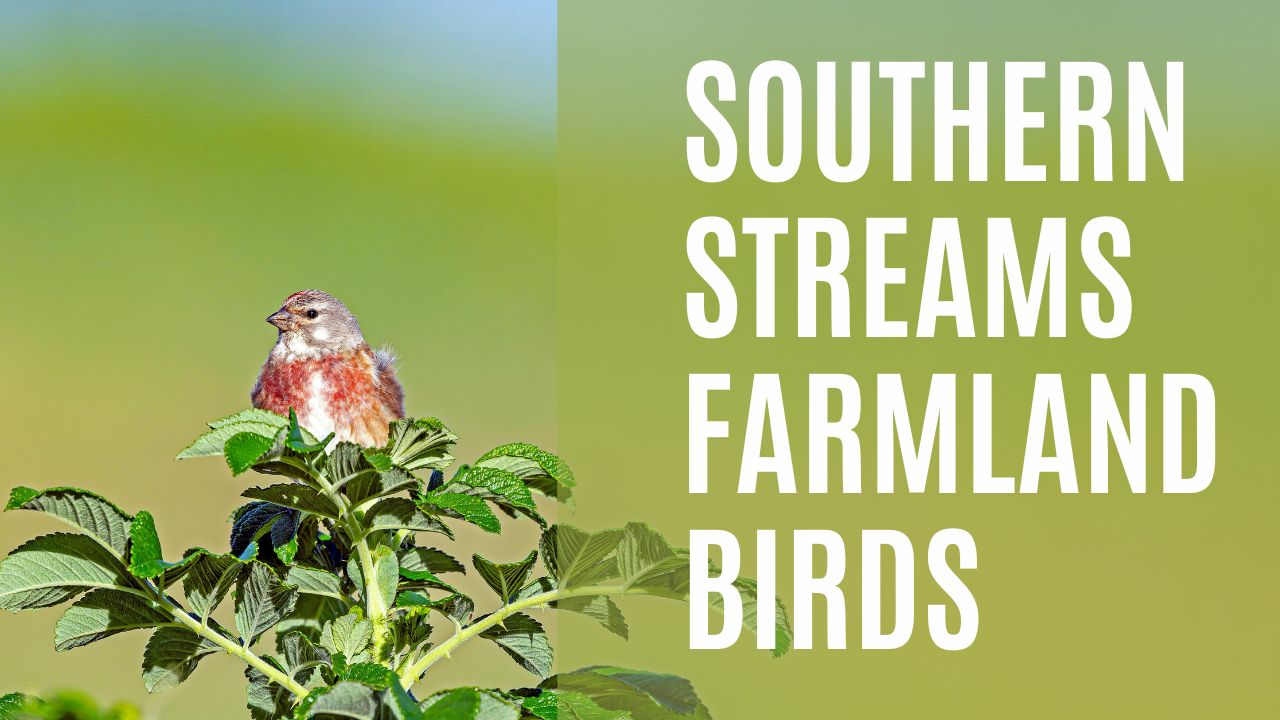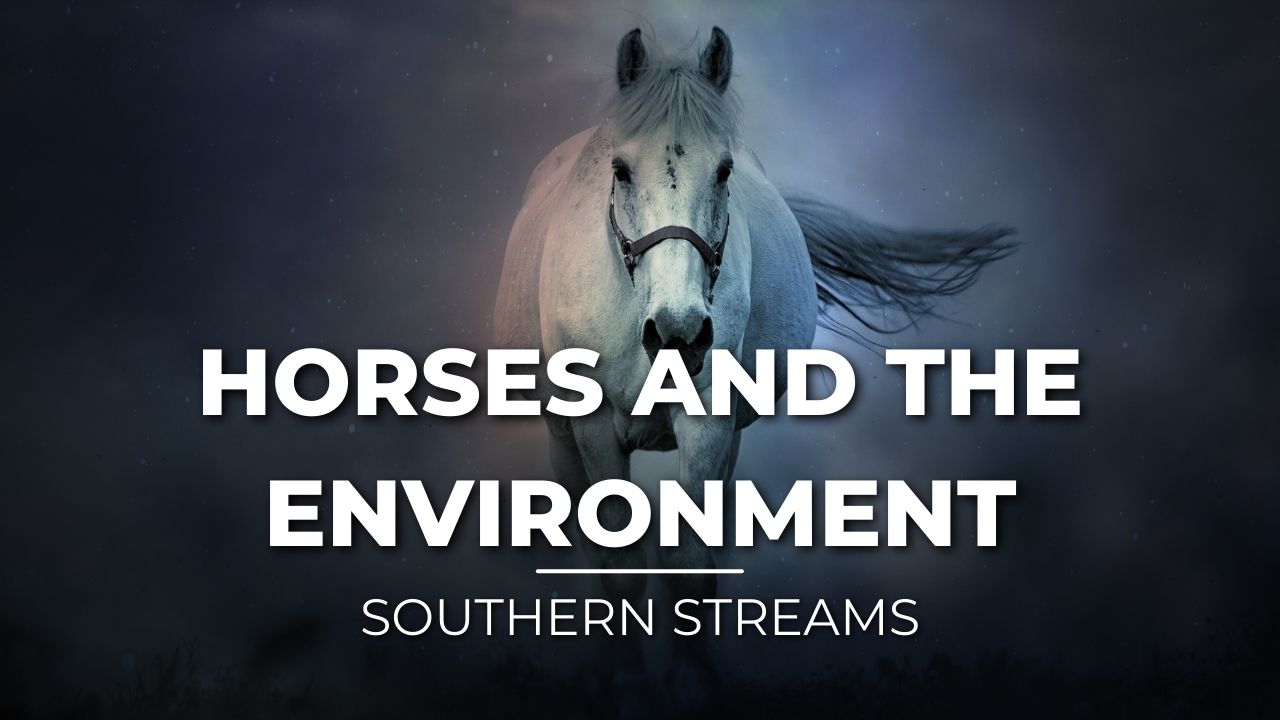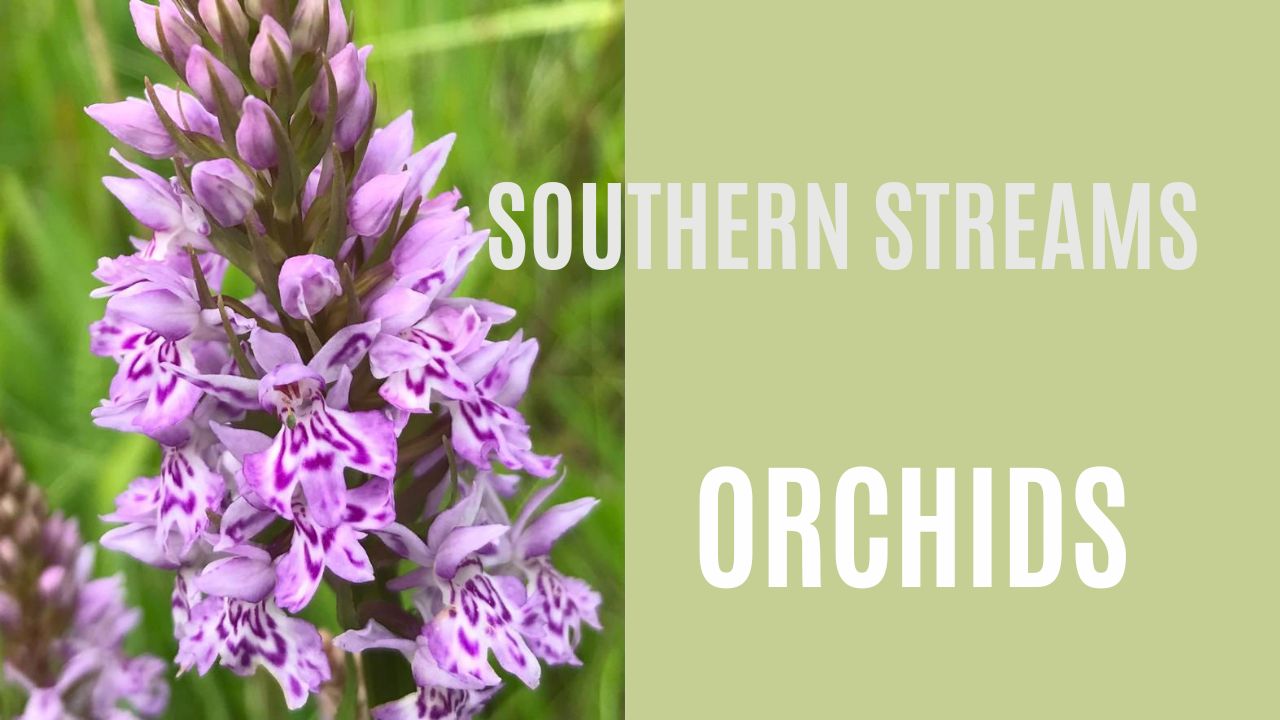Member Article
Chalk Grassland and Butterflies
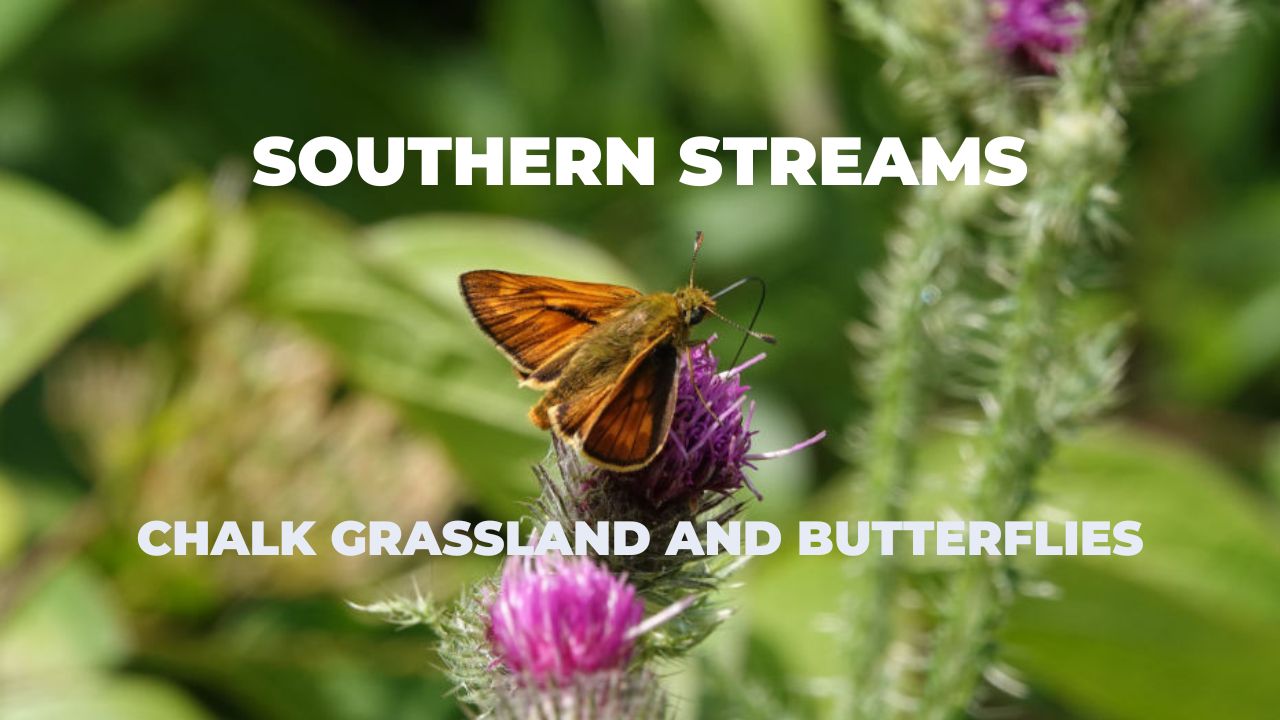
Chalk Grassland and Butterflies Meeting
On the 16th of April 2025, John Hayward opened up his farm at Tidcombe to local residents for an event focused on butterflies. Dr Sue Clarke, a Lepidopterist specialist, gave a brilliant presentation on the different types of butterflies, how to identify them and different survey methods.
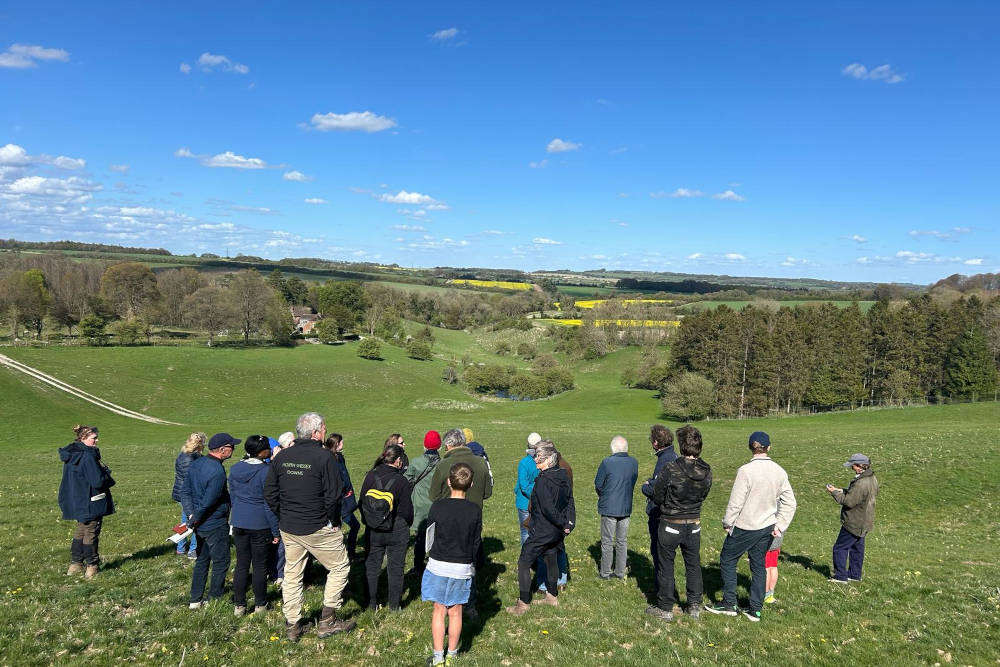
We then headed out onto the farm. Our first stop was at a dew pond which was restored with the help of funding from Funding in Protected Landscapes (FiPL). There was a lot of life in it, from newts to dragonfly larvae and frogspawn. Restoring these ponds is incredibly important for supporting wildlife. The spoil from the pond was located next to it; it is now overgrown with nettles and John explained he annually cuts paths in it as this creating a really important habitat and forage for butterflies.
We then looked at the chalk grassland and some species were already starting to appear. It was exciting to spot yellow rattle and cowslips coming up, as well as a few orchids! The grass will be left to grow and flower now before being cut and grazed in the autumn.
Attendants were invited to participate in recording butterflies they see on their walks in the area by logging in observations on set transect lines along public footpaths.
The day, as well as the grassland restoration, was supported by the Partnerships for Nature programme, administered by North Wessex Downs National Landscape and funded by the Species Survival Fund. The partnership is supporting 7 projects within the National Landscape. To read more click here: Partnerships For Nature - North Wessex Downs National Landscape.
Partnerships for Nature is funded by the Government's Species Survival Fund. The fund was developed by Defra and its Arm's-Length Bodies. It is being delivered by The National Lottery Heritage Fund in partnership with Natural England and the Environment Agency.
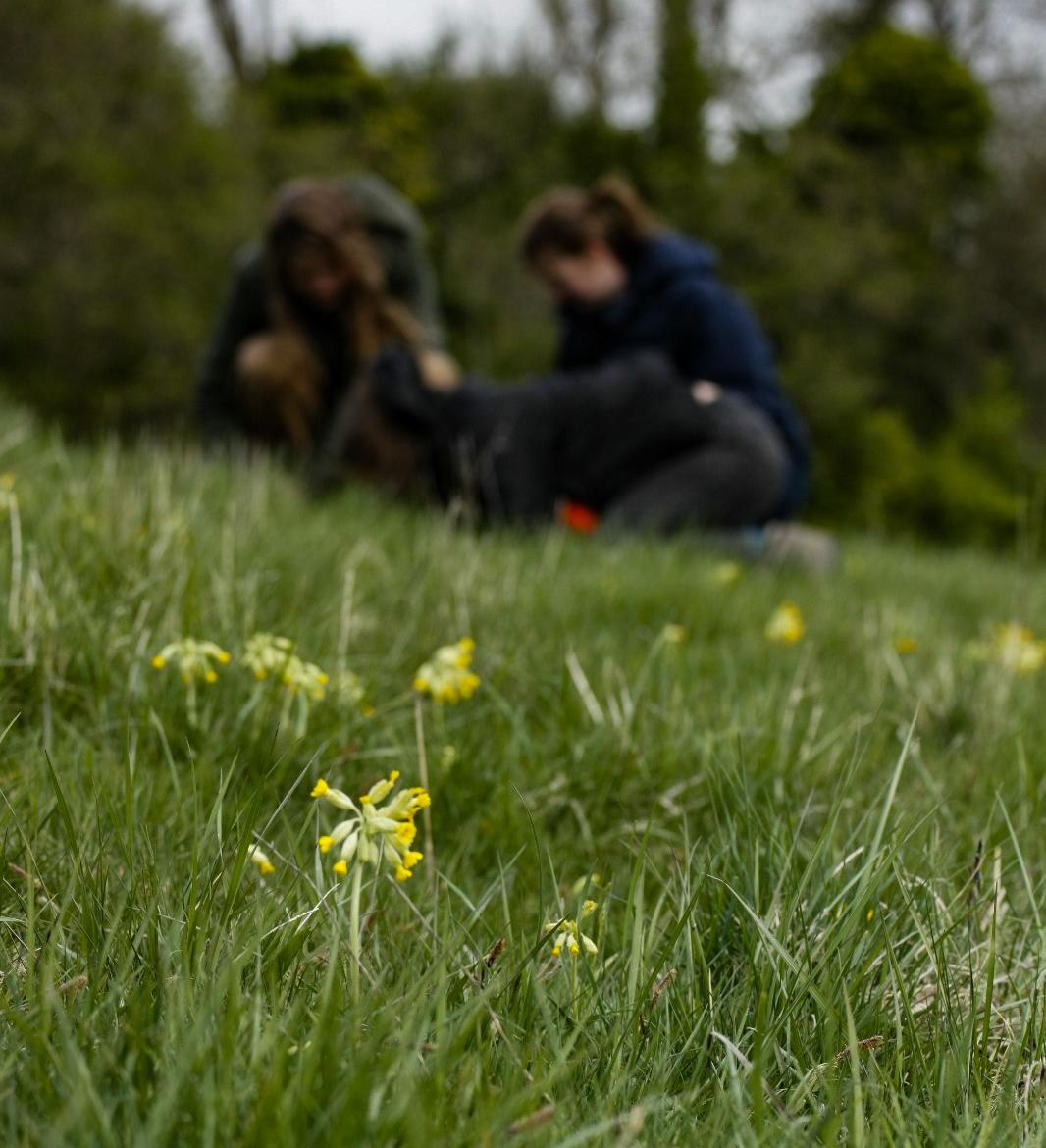
Photos courtesy of Jeremy Wyatt, Rosie Pratt and Sam Burder.
